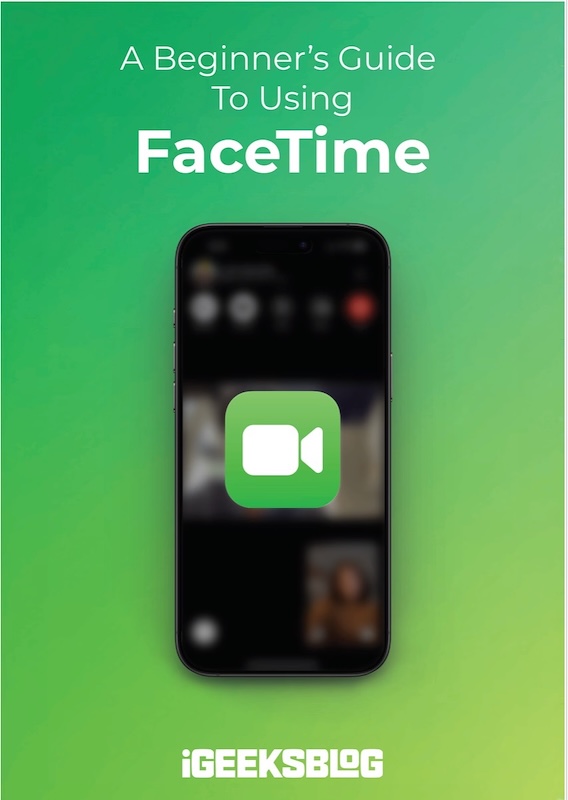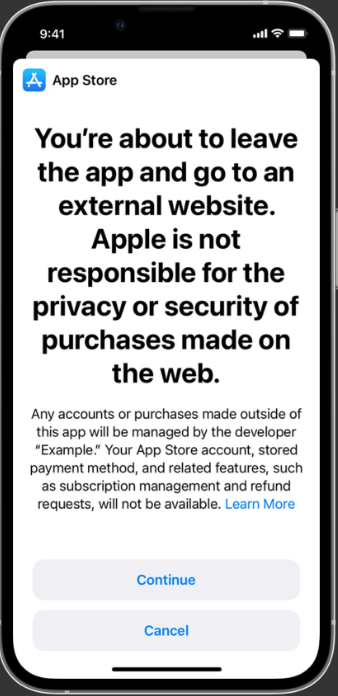
FaceTime Like a Pro
Get our exclusive Ultimate FaceTime Guide 📚 — absolutely FREE when you sign up for our newsletter below.

FaceTime Like a Pro
Get our exclusive Ultimate FaceTime Guide 📚 — absolutely FREE when you sign up for our newsletter below.
Explore why Fortnite vanished, the Apple vs Epic case timeline, and what it means for developers and the App Store.
What started as a payment dispute in Fortnite turned into one of the biggest legal battles in tech history. Since 2020, Apple and Epic Games have fought over App Store rules, monopoly claims, and developer rights. After nearly five years of courtroom drama, the case has reshaped how developers interact with Apple’s App Store—and it’s not over yet.
Let’s break down everything that happened, why it matters, and what it means for developers and iPhone users today.
It all started on August 13, 2020. Epic Games introduced a direct payment method in Fortnite, bypassing Apple’s in-app purchase system and offering players a 20% discount. This move violated Apple’s App Store guidelines, which require developers to use Apple’s payment system and give up a 30% cut.
Apple responded within hours by removing Fortnite from the App Store. But Epic was ready. They filed a lawsuit the same day and dropped a dramatic “Nineteen Eighty-Fortnite” ad, mocking Apple’s iconic 1984 commercial and framing Apple as the new tech villain.
Epic had secretly prepared this ambush under “Project Liberty” to challenge Apple’s control over iOS app distribution and payments. They also sued Google after it removed Fortnite from the Play Store.
Epic wasn’t just mad about Fortnite. The company was taking aim at the entire App Store system.
Epic argued Apple’s 30% commission on in-app purchases was too high and that developers should be allowed to use their own payment systems. They also criticized Apple’s anti-steering rules, which stopped developers from directing users to cheaper payment options on external websites.
CEO Tim Sweeney accused Apple of building a “walled garden” and using it to stifle innovation and overcharge developers. Epic wanted to open the mobile ecosystem, cut costs for developers, and offer savings to users. They used their PC-based Epic Games Store as proof that lower commissions (just 12%) could work.
Epic Games claimed Apple had too much control and created a monopoly over how apps are distributed and monetized on iOS.
Apple responded by saying its rules were necessary for security and privacy. It accused Epic of breaking the rules deliberately as a PR stunt, not a legal challenge.
Here’s a quick look at how this long legal battle played out over the years:
Judge Yvonne Gonzalez Rogers ruled that Apple was not a monopoly but did find Apple’s anti-steering rules illegal under California law. Apple was ordered to let developers add links and buttons to external payment systems.
Epic, meanwhile, was found to have violated its developer agreement and was ordered to pay Apple $3.6 million—30% of Fortnite’s iOS revenue during the dispute.

Both companies appealed. In 2023, the Ninth Circuit mostly upheld the ruling. The Supreme Court declined to take the case in 2024, making the anti-steering order final.
Apple tried to comply by adding strict conditions, like a 27% fee on external purchases and warning screens—moves Epic said undermined the ruling.
In April 2025, Judge Rogers ruled that Apple violated the anti-steering injunction. She criticized Apple’s restrictions, such as static links, friction screens, and a 27% cut on external payments. Rogers referred the case to the U.S. Attorney’s Office to consider criminal contempt charges against Apple.
Apple loosens the app store rules after Epic games ruling:
Apple said it disagreed but would comply and appeal.
Fortnite is likely to return to the App Store in the U.S., and Epic says it will drop future lawsuits if Apple applies the changes globally. Developers like Spotify welcomed the ruling, calling it a win for fair competition.
Although Apple technically won most counts, Epic succeeded in forcing a major policy shift. The case sets a powerful precedent, challenging how much control platform holders like Apple can have over digital marketplaces.
Apple vs. Epic was more than a fight over Fortnite—it was a battle over the future of the App Store and developer freedom. While Apple remains in control of its ecosystem, the door is now open for greater transparency, lower fees, and more developer options on iOS. Expect more pressure from regulators, especially in the EU, to continue shaping the future of app platforms.
Related articles worth reading: